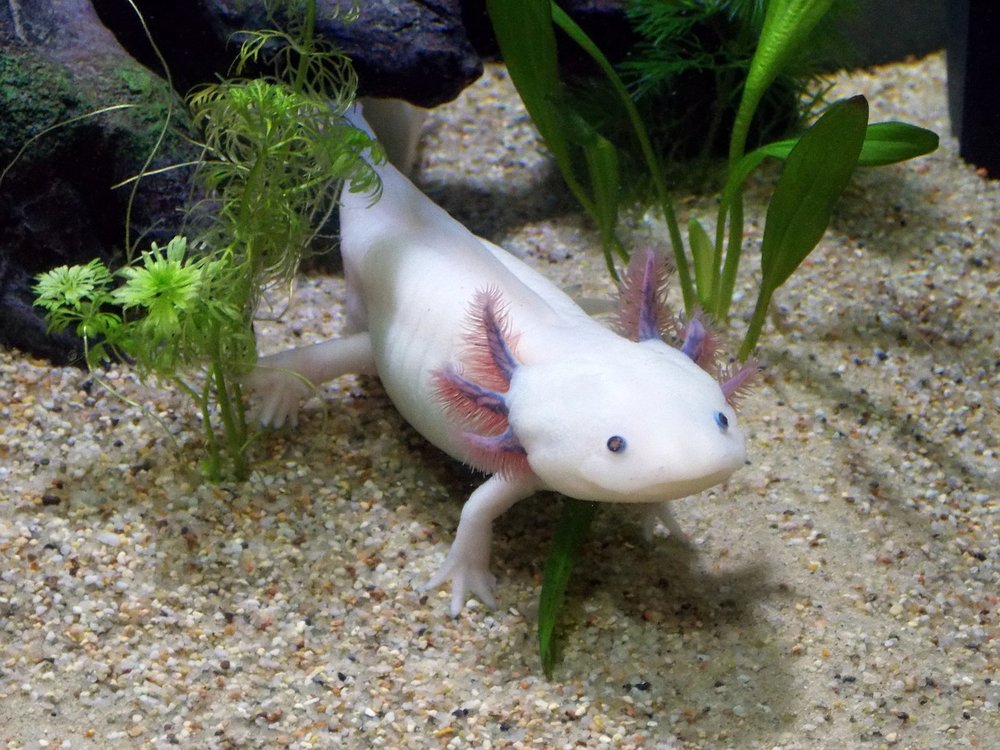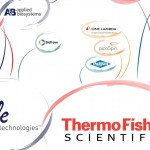Short Coffee Break Conversation about the Future of Sequencing
Meet Fang Chen, BGI – Beijing Genomics Institute, the world’s largest genomics organization.
KLEMEN: Hello everyone, I’m here with Fang Chen from BGI. We are here in Freising at the qPCR and NGS Event. Hi Fang! First of all, thank you for doing this interview.
FANG: Nice to meet you here.
KLEMEN: Fang, you spoke at the conference – could you say very briefly what your talk was about?
FANG: Yes, it was a general review of the clinical application of Next Generation Sequencing (NGS) during the previous 3 years. I emphasized its fast development and transfer from basic science to clinical practice.
In my experience I think sequencing will become very fast in just three years.
KLEMEN: I think a lot of people know about BGI and that you guys are doing a lot of sequencing there…
FANG: Yes…
KLEMEN: You were also talking about projects which involve hundreds of thousands of people, which is very impressive.
FANG: Yes…
KLEMEN: In your opinion, what will happen in ten years’ time? Where will sequencing take us?
FANG: In my experience I think sequencing will become very fast in just three years. I am not sure but I think that sequencing will be a very useful tool in clinical practice as well as in research fields in the future.
KLEMEN: Do you see sequencing becoming a commodity? That anybody with an iPhone could sequence a mushroom they find in a forest and could see exactly which species it is?
FANG: Yes, of course. There are some very interesting inventions, such as using cell phones to sequence your cell, anytime or anywhere. There are other kinds of companies doing interesting projects, not just developing the sequencing technology, but also making it smaller and simpler, so that you could use your computer to analyze the data in your cells.
I just want to say that sequencing is interesting. Just sequence yourself in the future!
KLEMEN: That is very impressive. Is it fun to be a part of this new technology?
FANG: Yes, actually now we are testing the Nanopore sequencer. It is more like a USB. You can take it to a computer and analyze some of the data. But at the moment there are some problems. Between researchers and scientists this is still something that needs to be talked about.
KLEMEN: How do you find this conference? Is it your first time at this conference, your first time in Germany?
FANG: Actually, we have some contacts in Germany. They recommended this conference to us and told us we should come here and present our work so that people would know what we are doing. I think it is quite good.
KLEMEN: The last question, is there anything you would like to say to people drinking coffee and listening to this podcast?
FANG: I just want to say that sequencing is interesting. Just sequence yourself in the future!
KLEMEN: Thank you Fang!
FANG: Thank you!
So, how do you see the future of sequencing? We hope we managed to spark your imagination at least a little bit, to think without limitations and enjoy the weekend ahead!
Feel free to share your interesting ideas with us anytime – – we might publish the most interesting ones on Splice!
The Splice Team










